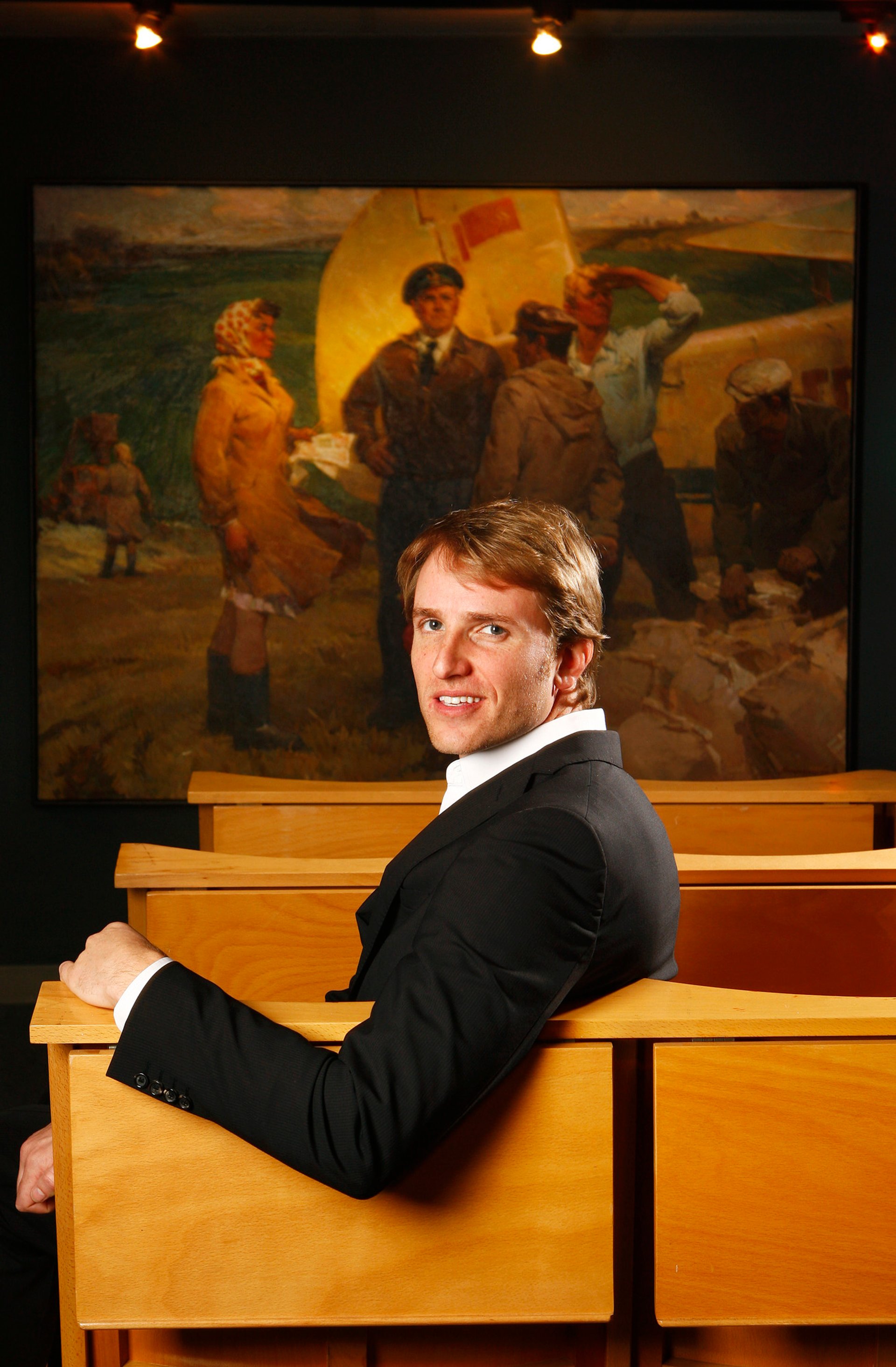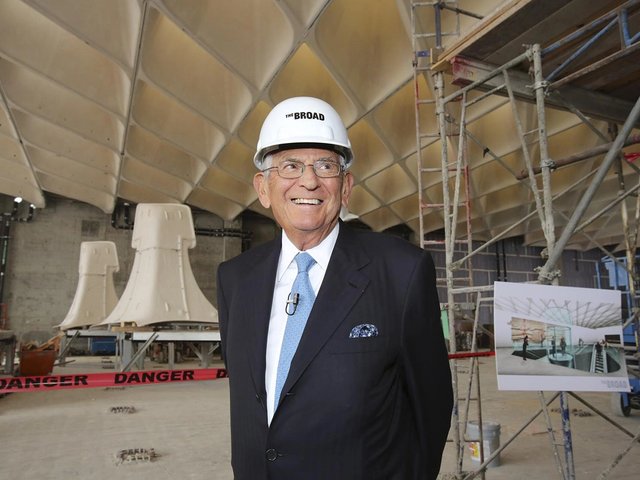The German poet and playwright Bertolt Brecht was miserable in the City of Angels, where “jolly-looking people come from nowhere, and are nowhere bound”. That is heady criticism from someone who was exiled from Nazi Germany.
Los Angeles has always attracted people from elsewh ere. Some, like Brecht, have been fleeing repression, while others have been seeking reinvention or redemption. The city has resisted any single cultural narrative; it is a place of paradoxes.
The city of celebrity, sun and beaches is also home to more museums and theatres than any other city in the US. For every stereotype of Los Angeles, there are so many exceptions, so many surprises, that any true narrative of the city resembles a movie with complicated plot twists. Lying in the shadow of Hollywood, this hard-to-pin-down, multipolar and multi-ethnic city is typically interpreted as a muddled shallowness. And that is simply another paradox: negative perceptions of Los Angeles are cultivated and propagated by the city’s own mass media. Angelenos had to spend too much time explaining to outsiders that the 2004 film Crash did not sum up the city.
The absence of a reified canon has fostered a wide range of artistic projects in the city, including Chicano murals, graffiti and a West Coast brand of Pop art. The city’s particular Mexican-spiced recipe ripened by the California sun brought Ed Ruscha from Nebraska, Chris Burden from Boston and David Hockney from Yorkshire, England, with each contributing distinctively to the city’s flavour. Homegrown artists such as Judy Baca, Mark Bradford and James Turrell continue to deliver the local ingredients.
After decades of flimsy comparisons with New York’s cultural scene, which the larger Los Angeles art institutions historically tried to emulate (a fundamentally losing proposition), a period of experimentation and production has drawn worldwide attention to the city. The striking new Broad Museum is a honeycomb-shaped pillar of downtown Los Angeles’s transformation. The publisher Taschen has opened a new art space in Hollywood. Meanwhile, galleries from Europe, Asia and South America are converging on Culver City and Leimert Park, places that a decade ago were mostly overlooked. Only the largest museums are well known outside the region, but it is the small to medium-sized art institutions that are generating much of the buzz.
It is often said in Los Angeles that everyone has a project. Cultural start-ups include the Center for Land Use Interpretation, which combines environmental research and artistic intervention, and the El Segundo Museum of Art (ESMoA), an art laboratory without a mission statement or labels on the wall that has become an essential meeting place for curators and museum professionals.
For these small, young institutions (my own institution, the Wende Museum, among them), the absence of large committees and overwrought bureaucracies allows innovation to accelerate. Collections are wonderfully diverse, and hybrid programming embraces theatre, fine arts, music, cinema and history. Blurred disciplinary boundaries and international influences create rich possibilities in Los Angeles, a paradoxical land full of jolly-looking people from nowhere, who now, it seems, are known everywhere.

Justinian Jampol, Guest editor
The founder and executive director of California’s Wende Museum, Justinian Jampol focuses on visual cultural studies and the connection between contemporary art and Cold War iconography. A Los Angeles native, he studied at the University of California, Los Angeles, before earning a doctorate in modern history from the University of Oxford. The curator of several exhibitions, he has also produced two documentaries on the Cold War, and urban art programmes including The Wall Project. He has written numerous newspaper articles and Beyond the Wall: Art and Artifacts from the GDR, published by Taschen in 2014. Jessica Hoffmann and Michael McDowell also collaborated on this report.


